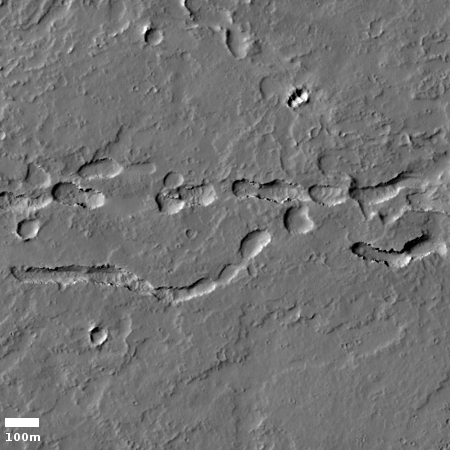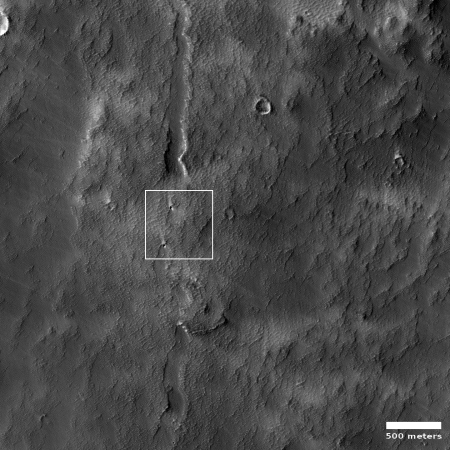Dream Chaser’s primary structure completed
Capitalism in space: The primary structure for Sierra Nevada’s reusable mini-shuttle, Dream Chaser, has been completed and delivered to the company’s Colorado facility for final assembly.
Essentially, this structure, built by Lockheed Martin, is basically the hull of Dream Chaser. Sierra Nevada now has to install the guts.
They won the contract to build Dream Chaser from NASA in 2016, and for the past three years the company has said little about its progress, causing me concern that there might be issues. This story dispels those concerns.
It is also instructive to compare their progress with SLS, if only to illustrate the advantage of NASA buying what it needs from private companies, who retain ownership of their work, rather than having NASA design and own its hardware.
Dream Chaser: Sierra Nevada first began development of Dream Chaser in 2011, but full construction did not begin until the 2016 contract award. They hope to launch by the end of 2021. This means they will go from award to flight in five years.
The contract’s specific amount was never published, but NASA’s did say that the maximum it would spend for all missions performed by all three cargo capsules (SpaceX, Northrop Grumman, Sierra Nevada) would be $14 billion. This means Sierra Nevada’s share is probably around $4 to $5 billion.
SLS: NASA began its first design work on this heavy lift rocket in 2004, but the first design, dubbed Constellation, was cancelled by President Obama in 2010. Congress then stepped in and mandated that construction continue, under a revised design, now dubbed the Space Launch System. Launch of the first SLS is now expected in 2021.
The cost? Based on my research for my policy paper, Capitalism in Space, the cost by 2021 will be $25 billion.
So, while Sierra Nevada will take five years and $4 to $5 billion to fly its spacecraft, NASA will take eleven years and $25 billion to fly its. I admit the scale is different, but SLS fares as badly when a similar comparison is made with Falcon Heavy.
The difference? Dream Chaser is privately owned, privately designed, and privately managed, by one company, with the goal of making a profit as quickly as possible. SLS is government owned, government designed, and managed by a host of agencies, lawmakers, and contractors, with no set clear goal and no requirement to make a profit at any time.
Which product would you buy?
Capitalism in space: The primary structure for Sierra Nevada’s reusable mini-shuttle, Dream Chaser, has been completed and delivered to the company’s Colorado facility for final assembly.
Essentially, this structure, built by Lockheed Martin, is basically the hull of Dream Chaser. Sierra Nevada now has to install the guts.
They won the contract to build Dream Chaser from NASA in 2016, and for the past three years the company has said little about its progress, causing me concern that there might be issues. This story dispels those concerns.
It is also instructive to compare their progress with SLS, if only to illustrate the advantage of NASA buying what it needs from private companies, who retain ownership of their work, rather than having NASA design and own its hardware.
Dream Chaser: Sierra Nevada first began development of Dream Chaser in 2011, but full construction did not begin until the 2016 contract award. They hope to launch by the end of 2021. This means they will go from award to flight in five years.
The contract’s specific amount was never published, but NASA’s did say that the maximum it would spend for all missions performed by all three cargo capsules (SpaceX, Northrop Grumman, Sierra Nevada) would be $14 billion. This means Sierra Nevada’s share is probably around $4 to $5 billion.
SLS: NASA began its first design work on this heavy lift rocket in 2004, but the first design, dubbed Constellation, was cancelled by President Obama in 2010. Congress then stepped in and mandated that construction continue, under a revised design, now dubbed the Space Launch System. Launch of the first SLS is now expected in 2021.
The cost? Based on my research for my policy paper, Capitalism in Space, the cost by 2021 will be $25 billion.
So, while Sierra Nevada will take five years and $4 to $5 billion to fly its spacecraft, NASA will take eleven years and $25 billion to fly its. I admit the scale is different, but SLS fares as badly when a similar comparison is made with Falcon Heavy.
The difference? Dream Chaser is privately owned, privately designed, and privately managed, by one company, with the goal of making a profit as quickly as possible. SLS is government owned, government designed, and managed by a host of agencies, lawmakers, and contractors, with no set clear goal and no requirement to make a profit at any time.
Which product would you buy?





